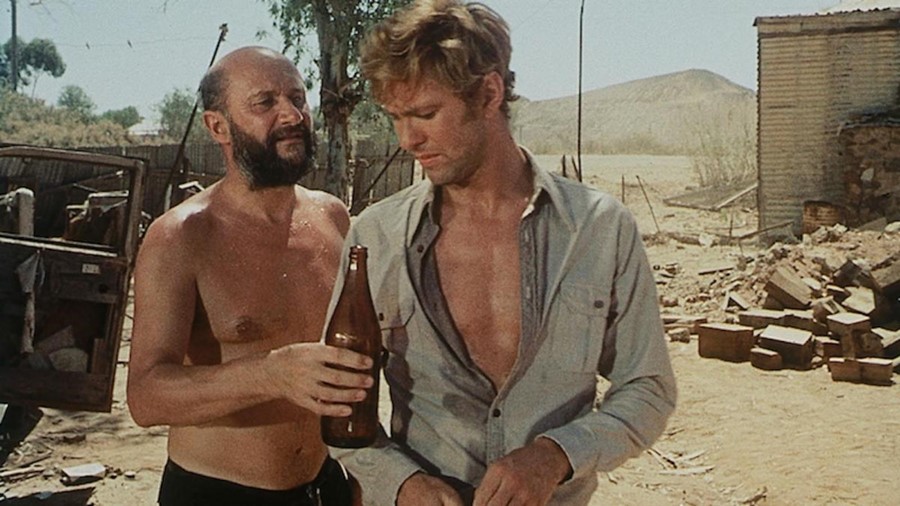James Balmont provides an introduction to the Australian New Wave or, Quentin Tarantino, calls it “Ozploitation”
The past year has been brutal for the film industry, but Australia could be on course for a memorable 2021 as the stars align in its favour.
With Prime Minister Scott Morrison pledging $400 million in filmmaking support, global production houses are enticed to head down under as the country opens up post-Covid. Universal Studios Group already announced in October that three major TV series would begin production in Queensland, and it’s not just big-money overseas projects taking advantage of Australia’s newfound opportunity.
Native Aussie cinema will stand up and be counted in 2021 as rural comedy feature Rams (starring Jurassic Park’s Sam Neill), Naomi Watts vehicle Penguin Bloom, and Elisabeth Moss-led thriller Run Rabbit Run are each poised for mainstream success. These are the product of an industry that has gradually capitalised on the international successes of acclaimed contemporary exports.
But long before The Babadook or even Wolf Creek, Australia made its name as a wild west of cinema unlike anywhere else on the planet. As films like Mad Max became global phenomena, a whole host of would-be cult classics were churned out following a relaxation of censorship in the early 70s. The decades that followed became synonymous with low-budget thrills and provocative filmmaking, as the country became a breeding ground for both home-grown talent and foreign opportunists.
These years became referred to as the Australian New Wave, running parallel to a super-charged adjunct referred to by the likes of Quentin Tarantino as “Ozploitation”. But with Australia the central cinematographic star to this prolonged resurgence of creativity, the era remains iconic for its blend of outback imagery and imaginative production.
With the UK locking down once more as our Oceanic cousins roam free, AnOther charts the highlights of Australia’s most eminent and potent filmmaking movement.
Wake In Fright, 1971 (lead image)
When a schoolteacher becomes stranded in the remote, male-dominated Australian settlement of Bundanyabba over Christmas, he is forced to embark on a journey of self-discovery at the hand of the town’s aggressive and eccentric townspeople.
Like a deranged fever dream, this bleak and chaotic depiction of outback life borders on psychological terror, as drunken sex and kangaroo slaughters define a hopeless world for a protagonist surrounded by dustbowl wastelands.
Dubbed “a lost classic” upon its 40th anniversary re-release in 2012, this early forerunner for the “New Wave” of Australia competed for the Grand Prix at Cannes Film Festival, where it was watched by an audience that included Martin Scorsese. Rejected almost entirely from its native Australia due to perceived sleight over its depiction of outback life (real-life footage of kangaroo hunts remains the most damning controversy), it disappeared into obscurity for years.
Nowadays, the film is considered a cult classic of Australian cinema and a pivotal marker for the renaissance that saw nearly 400 films produced between 1970 and 1985 – more than had even been produced in Australia’s history prior.
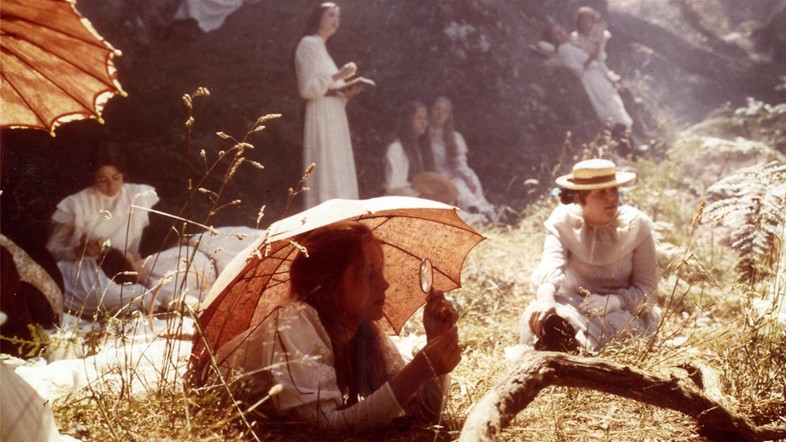
Picnic at Hanging Rock, 1975
If Wake In Fright had announced the Australian New Wave, then Picnic at Hanging Rock was the film to define it. The breakthrough film of director Peter Weir, who would later bag Academy Awards nominations for Witness, Dead Poet’s Society and The Truman Show, it remains one of the eeriest features of the entire Australian film movement; a lucid mystery about a group of boarding school girls who disappear on a visit to remote Victoria in the year 1900.
Like all the films on this list, Australia itself is a dominating, otherworldly presence – as lingering shots of the desolate countryside are both captivating and curiously empty, saving for the occasional koala, carnivorous plant or blue-tongued lizard. Russell Boyd’s rich, sepia-toned shot composition, inspired by the Impressionist painters of the mid-to-late-1800s, was deservingly awarded the BAFTA for Best Cinematography. Years later, the film would be a key influence on Sofia Coppola’s cult classic The Virgin Suicides.
Like the best-selling Joan Lindsay novel it was based upon, Picnic at Hanging Rock deceptively alludes to being based on a real-life story. But the most powerful quality it boasts is its haunting ambiguity, ensuring that the events within stay with the viewer long after the credits roll.
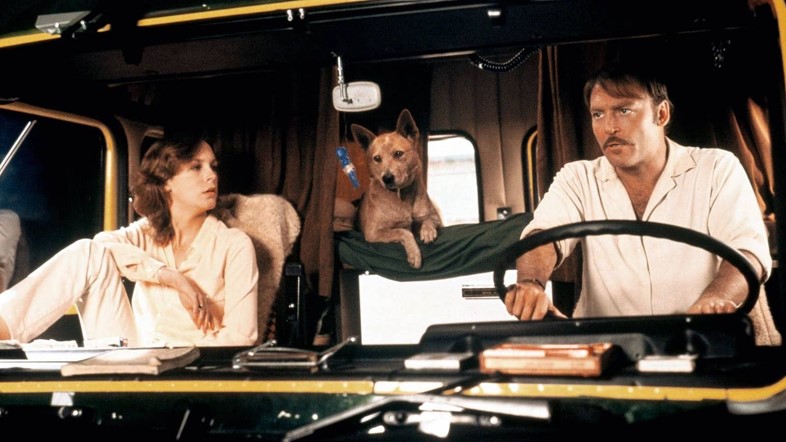
Roadgames, 1981
With a budget of $1.75 million, Roadgames was the most expensive Australian film ever made at the time of production – but it tanked at the box office both home and away, having been misleadingly marketed as a slasher flick. 40 years later, with the film receiving a remarkable Blu-ray restoration via Indicator Films, critical opinion has taken a drastic U-turn; Roadgames is now appreciated as something far more nuanced and rewarding.
This Hitchcockian road movie opens with a Psycho-like murder in a motel (method of choice: strangulation via guitar string) as a Western-inspired harmonica score accompanies the stunning, sandy horizons of the Nullarbor Plain. Riding across this 1700km stretch of road – the longest of its kind in the world – is trucker Quid (Stacy Keach), who, alongside his pet dingo, makes it his mission to solve the mystery of the Aussie “Jack The Ripper” making the news on his cab radio.
Co-starring Jamie Lee Curtis as a headstrong drifter, and chock-full with widescreen cinematography and dynamic camerawork, Roadgames could have been discussed among the most atmospheric psychological thrillers of its time if it were not for its obscure origin. It did, at least, land director Richard Franklin the job for the first-ever Hitchock sequel: 1983’s Psycho II.
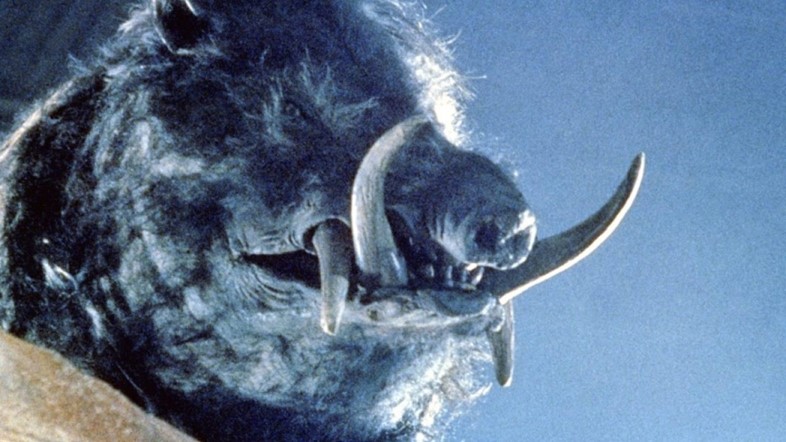
Razorback, 1984
While he was best known in the 80s for music videos with the likes of Duran Duran, Elton John and Paul McCartney (and later for directing the fantasy film Highlander), Australian director Russell Mulcahy also found cult fandom with a film affectionately known as “Jaws with trotters”.
In a distinctly Australian plot, a journo from New York travels to the settlement of Gamulla (which means “intestine”) to investigate a group of ’roo hunters rumoured to be illegally selling bushmeat as pet food. After being forced off the road by a local thug’s rusted road rig (which looks plucked straight from Mad Max), she finds herself the victim of a giant wild boar, which has been ravaging the local population as revenge for their wicked slight.
Throw in some vivid outback hallucinations, plenty of booze and the dry, red wilderness of Oz, and Razorback makes for a surprisingly atmospheric B-movie that belies the corny title. It’s now considered something of an Ozploitation classic; a wild Hollywood knock-off delivered with the kind of flamboyance only an Australian could muster.
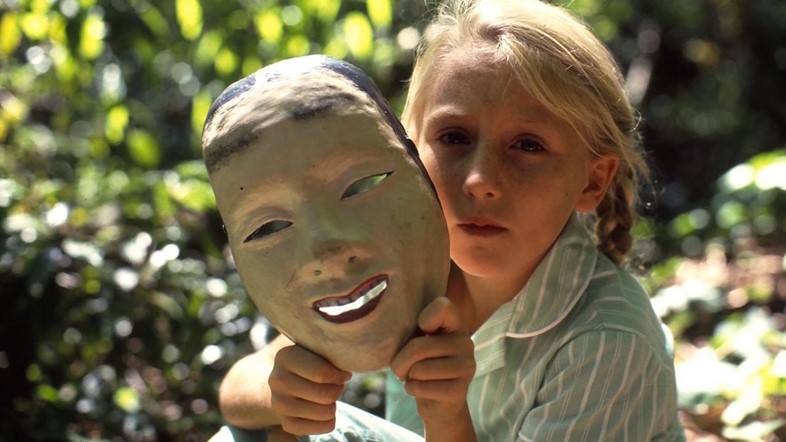
Celia, 1989
Ann Turner’s filmmaking debut offers a vital female voice in the midst of a swell of Mad Max-es and Crocodile Dundee-s. It follows the titular nine-year-old blonde girl as she navigates an upbringing on the outskirts of 50s Melbourne, where a plague of rabbits and the “threat” of communism invade her countryside idyll.
Like an antipodean Stand By Me – complete with backyard barbecues, belt lashings and bullies – Celia and her neighbourly mates make blood pacts and battle classmates in the quarry near their homes, envisioning adults as demons determined to uproot their fun. It all unfolds over a hot Aussie summer, as Celia grieves the death of her beloved grandmother.
That it manages to evoke such a rich image of mid-century Australia without the need to resort to stereotypes is a testament to Turner’s vivid and dense storytelling. And while Celia never made much of an impact upon its release, it remains cherished as a capsule in time.
